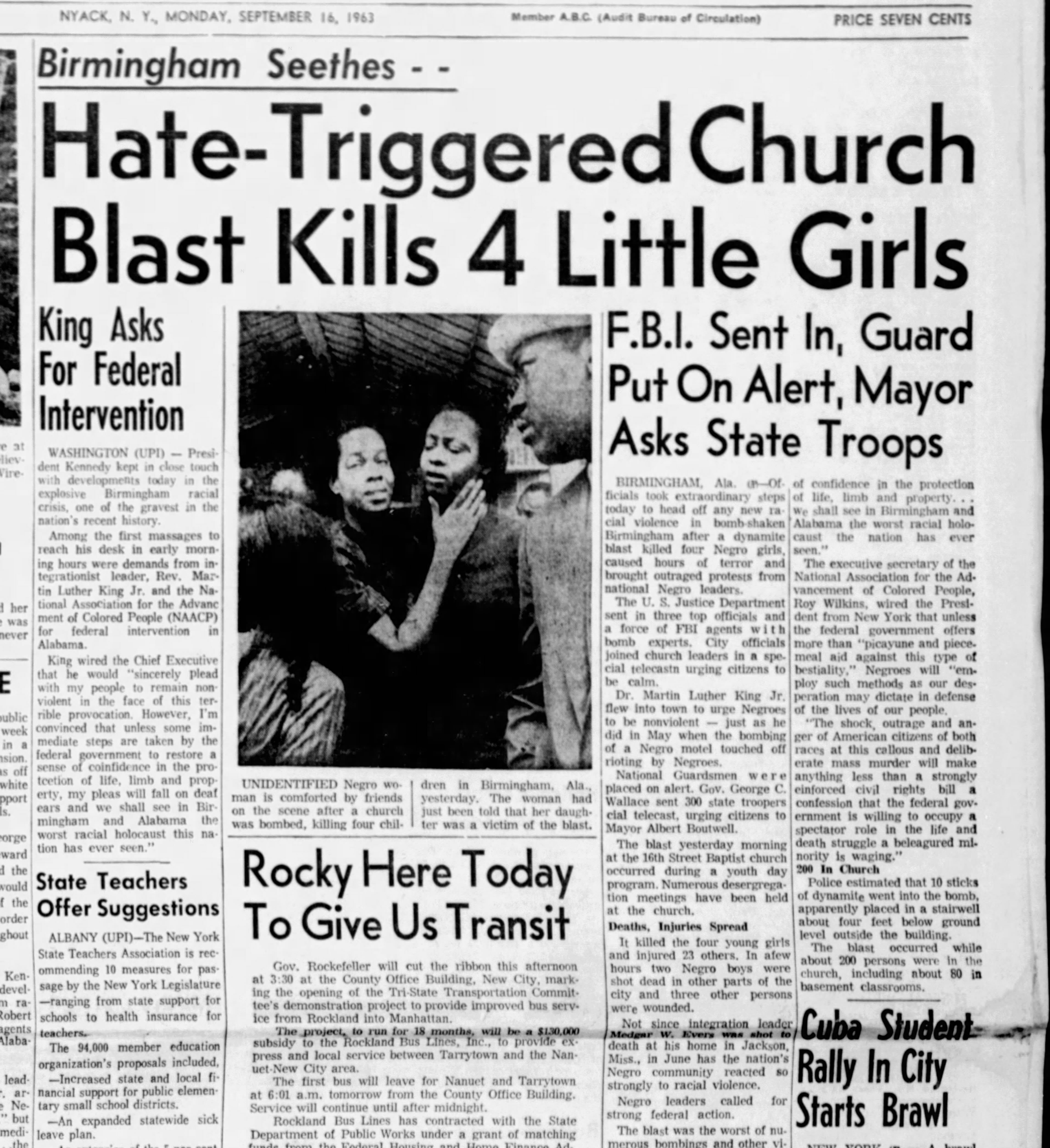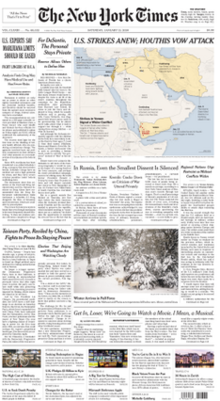Things about News Articles
Things about News Articles
Blog Article
An Unbiased View of News Articles
Table of ContentsThe Greatest Guide To News ArticlesThe 6-Second Trick For News ArticlesThe 6-Second Trick For News ArticlesAn Unbiased View of News ArticlesThe Facts About News Articles Revealed
Great knowledge of various subjects offers pupils an one-upmanship over their peers. Although digital and social networks are readily available, we should not forget how vital it is to read the newspapers. Moms and dads should attempt and inculcate the habit of reviewing a newspaper as an everyday routine to proceed the legacy of the revered print tool.News tales additionally consist of at the very least one of the complying with crucial characteristics loved one to the intended target market: proximity, prestige, timeliness, human rate of interest, oddity, or effect.
Within these limitations, news stories additionally intend to be extensive. Amongst the bigger and a lot more reputable newspapers, fairness and balance is a significant aspect in providing details.
Newspapers with a worldwide target market, for example, often tend to utilize a much more formal style of writing. News Articles.; usual style guides include the and the US Information Design Publication.
Not known Factual Statements About News Articles
Generally, journalists will not use a long word when a short one will do. They use subject-verb-object building and construction and vibrant, active prose (see Grammar). They provide narratives, examples and metaphors, and they seldom depend upon generalizations or abstract ideas. News writers try to avoid using the very same word more than as soon as in a paragraph (sometimes called an "echo" or "word mirror").
Headlines occasionally omit the topic (e.g., "Jumps From Watercraft, Catches in Wheel") or verb (e.g., "Cat female fortunate"). A subhead (also subhed, sub-headline, subheading, caption, deck or dek) can be either a secondary title under the primary headline, or the heading of a subsection of the write-up. It is a heading that comes before the major text, or a group of paragraphs of the primary message.

of a short article topic, informant, or interviewee), it is described as a drawn quote or pull quote. Additional signboards of any one of these types may show up later in the post (specifically on succeeding pages) to entice additional analysis. Journalistic web sites in some cases use computer animation techniques to exchange one billboard for one more (e.g.
Some Known Factual Statements About News Articles
Such signboards are also used as reminders to the write-up in other areas of the magazine or site, or as promotions for the piece in various other publication or websites. Press launch of the Swiss government. Common framework with title, lead paragraph (summary in strong), various other paragraphs (information) and contact information.

Example of a hard-lead paragraph NASA is suggesting another area project. The agency's budget request, revealed today, consisted of a plan to send another objective to the Moon. This time the firm wishes to develop a lasting facility as a jumping-off point for other room journeys. The budget requests around $10 billion for the project.
An "off-lead" is the 2nd most essential front web page information of the day. To "bury the lead" is to begin the write-up with background info or details of secondary significance to the viewers, compeling them to review more deeply right into an article than they ought to have to see this site in order to discover the crucial factors.
The Facts About News Articles Revealed
Typical usage is that or 2 sentences each develop their very own paragraph. Journalists generally explain the organization or framework of a news story as an inverted pyramid. The essential and most interesting elements of a tale are placed at the start, with sustaining information following in order of reducing value.
It permits people to discover a subject to only the depth that their curiosity takes them, and without the charge of details or subtleties that they could think about unimportant, but still making that info available to extra interested readers. The inverted pyramid structure also enables articles to be cut to any arbitrary size during layout, to suit the room offered.
Some writers start their tales with the "1-2-3 lead", yet there are many kinds of lead readily available. This format usually begins with a "5 Ws" opening paragraph (as explained above), complied with by an indirect quote that serves to sustain a major aspect of the first paragraph, and afterwards a direct quote to sustain the indirect quote. [] A kicker can refer to multiple points: The last click this link tale in the information broadcast; a "happy" tale to end the show.
Longer short articles, such as publication cover articles and the items that lead the inside areas of a newspaper, are referred to as. Function tales vary from straight information in a number of ways. Foremost is the absence of a straight-news lead, the majority of the time. As opposed to using the essence of a tale in advance, attribute authors may try pop over here to entice viewers in.
News Articles for Dummies
An attribute's very first paragraphs typically connect a fascinating minute or occasion, as in an "unscientific lead". From the particulars of a person or episode, its view swiftly broadens to generalities concerning the tale's subject.

The Editor's Toolbox: A Recommendation Overview for Beginners and Professionals (2001) Allan M. Siegal and William G. Connolly. The New York Times Handbook of Style and Use: The Authorities Style Guide Utilized by the Writers and Editors of the World's Many Authoritative Paper (2002) M. L. Stein, Susan Paterno, and R.
Report this page